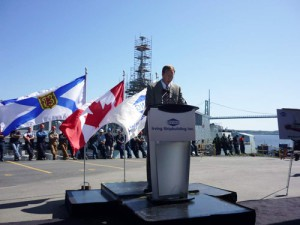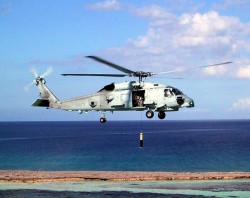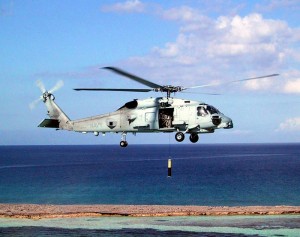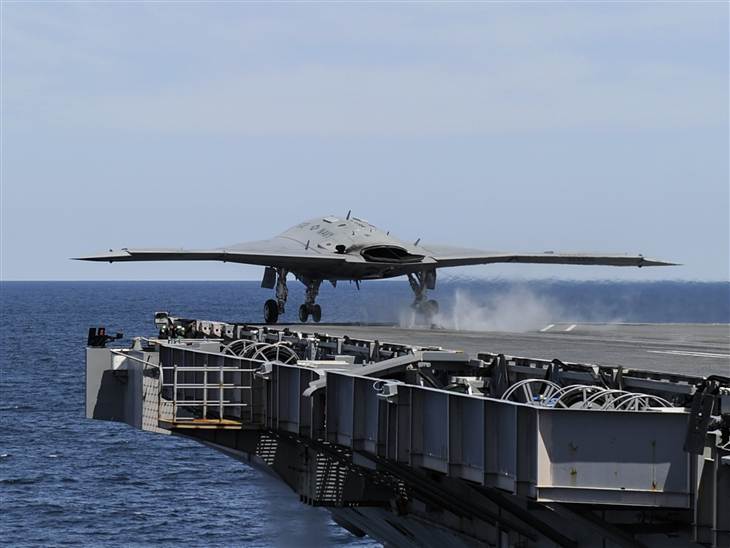
The U.S. Navy at a high level has recognized the potential value of the concept of integrating combat information from own-force tactical sensors and sensors external to the force to achieve information superiority and dominance of an adversary. However, there is little evidence of concrete action to implement this vision.
On 26 November, 2012, the Navy Strategy for Achieving Information Dominance 2013-17 was published identifying the “Integration of Combat Information” as one of its four major goals. Joint Pub 1-02 defines Combat Information as “Un-evaluated data, gathered by or provided directly to the tactical commander which, due to its highly perishable nature or the criticality of the situation, cannot be processed into tactical intelligence in time to satisfy the user’s tactical intelligence requirements.” Navy Strategy identifies the specific objective of the “integration of all source information across kill chains with outputs from all sensors in all domains accessible in time to facilitate freedom of action, targeting, and the employment of weapons, both kinetic and non-kinetic.”
In its January 2012 Report on Arleigh Burke Destroyers, (GAO-12-113), GAO reported that Navy planned to leverage offboard sensors such as Performance Tracking Support System (PTSS) to enhance performance of the DDG 51 Block III Air and Missile Defense Radar (AMDR). Navy envisioned ground and space-based sensor systems providing target cueing for AMDR. This cueing would have meant the shooter ship could be told by the off-board sensors where to look for a target, allowing for earlier detection and increasing the size of the area that could be defended by the shooter. While it is yet unclear why PTSS was cancelled last month, the concept still serves to highlight the potential benefits from integrating off-board sensor data with the ship’s own tactical sensor data and combat system.
Given OPSEC considerations, communications constraints, and especially tactical timelines this integration has to occur at the tactical level, e.g. onboard ship, and will therefore require the staff of Office of the U.S. Chief of Naval Operations (OPNAV) and Navy acquisition to bridge some long-standing institutional seams. Within OPNAV, various codes will have to agree on the concept and their roles with respect to requirements and resources. Navy acquisition will have to decide which Program Executive Office (PEO) is responsible for the acquisition of combat information integration solutions for ship classes. The long-standing situation in which PEO Integrated Warfare Systems (IWS) acquires combat systems and PEO C4I acquires C4I systems for ship classes sustains the institutional friction that has precluded implementation of integrating combat information since at least late 1978, when OUTLAW SHARK demonstrated the concept.
Articulating visions, goals, and objectives is valuable but relatively painless. The heavy lifting is in the institutional change that is necessary to solve problems and exploit opportunities. To quote Machiavelli: “There is nothing more difficult to take in hand, more perilous to conduct, or more uncertain in its success than to take the lead in the introduction of a new order of things.”
Dick Mosier is a recently retired defense contractor systems engineer; Naval Flight Officer; OPNAV N2 civilian analyst; SES 4 responsible for oversight of tactical intelligence systems and leadership of major defense analyses on UAVs, Signals Intelligence, and C4ISR. His interest is in improving the effectiveness of U.S. Navy tactical operations, with a particular focus on organizational seams, a particularly lucrative venue for the identification of long-standing issues and dramatic improvement. The article represents the author’s views and is not necessarily the position of the Department of Defense or the United States Navy.




